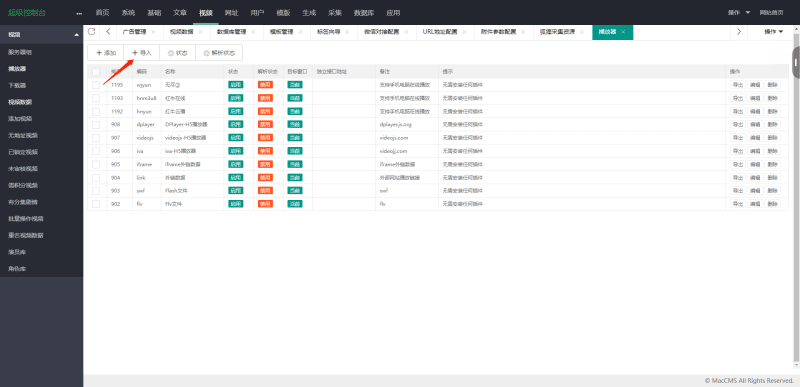effect-ts 提供了一种使用 do 表示法处理 option 上下文中操作的强大方法。本文探讨了如何使用 do 表示法对多个操作进行排序,并通过示例演示了各种场景。
示例 1:基本排序和过滤
在此示例中,我们在 option 上下文中绑定值,计算总和,并根据条件进行过滤。
1
2
3
4
5
6
7
8
9
10
11
12
import { option as o, pipe } from effect;
function do_ex01() {
const result = pipe(
o.do,
o.bind(x, () => o.some(2)), // bind x to the value 2 wrappe支付系统对接mhkj33d in some
o.bind(y, () => o.some(3)), // bind y to the value 3 wrapped in some
o.let(sum, ({ x, y }) => x + y), // let sum be the sum of x and y
o.filter(({ x, y }) => x * y > 5) // filter the result if x * y > 5
);
console.log(result); // output: some({ x: 2, y: 3, sum: 5 }) (since 2 * 3 支付系统对接mhkj33> 5)
}
说明:
绑定值:我们将 x 绑定到 2,将 y 绑定到 3,两者都包装在 some 中。 计算总和:我们将总和计算为 x 和 y 的总和。 过滤:我们根据条件 x * y > 5. 过滤结果输出为 some({ x: 2, y: 3, sum: 5 }) 因为满足条件 2 * 3 > 5
示例 2:使用失败条件进行过滤
这个例子说明,如果过滤条件不满足,则结果为none。
1
2
3
4
5
6
7
8
9
10
11
12
13
function do_ex02() {
const result = pipe(
o.do,
o.bind(x, () => o.some支付系统对接mhkj33(1)), // bind x to the value 1 wrapped in some
o.bind(y, () => o.some(2)), // bind y to the value 2 wrapped in some
o.let(sum, ({ x, y }) => x + y), // let sum be the sum of x and y
o.filter(({ x, y }) => x * y > 5) // filter the result if x * y > 5
);
console.log(result); // output: none 支付系统对接mhkj33(since 1 * 2
<p>说明:</p>
输出为 none,因为条件 1 * 2
示例 3:与 none 绑定
此示例演示了如果任何绑定为 none,则结果为 none。
1
2
3
4
5
6
7
8
9
10
function do_ex03() {
const result = pipe(
O.Do,
O.bind(x, () => O.some(2)), // Bind x to the value 2 wrappe支付系统对接mhkj33d in Some
O.bind(y, () => O.none()), // Bind y to None
O.let(sum, ({ x, y }) => x + y), // This line wont execute since y is None
O.filter(({ x, y }) => x * y > 5) // This line wont execute since y is None
);
console.log(result); // Output: None (since y is `None`)
}
说明:
绑定值:我们将 x 绑定到 2,将 y支付系统对接mhkj33 绑定到 none。 跳过计算和过滤:由于 y 为 none,因此跳过后续操作。输出为 none,因为其中一个绑定 (y) isnone`.
概括
effect-ts 中的 do 表示法允许在 option 上下文中进行优雅且可读的操作排序。通过绑定值、让计算值以及根据条件进行过滤,我们可以以简单的方式处理复杂的可选逻辑。上面的例子说明了结果如何根据不同的条件和 none 的存在而变化。
以上就是在 Effect-TS 选项中使用 do 表示法的详细内容,更多请关注青狐资源网其它相关文章!












 会员专属
会员专属






暂无评论内容